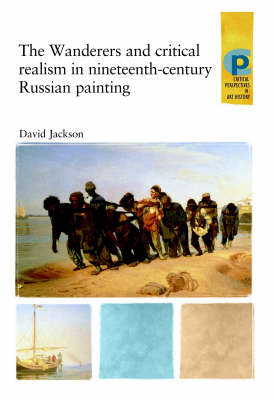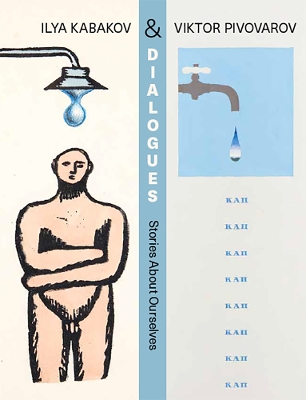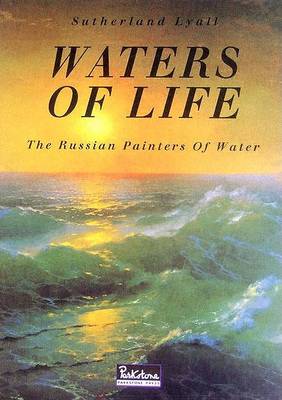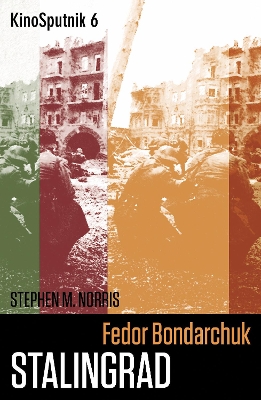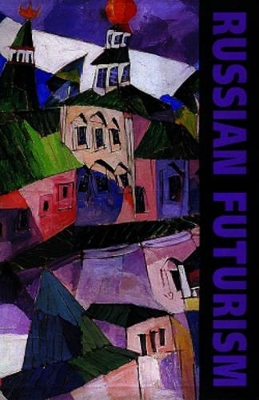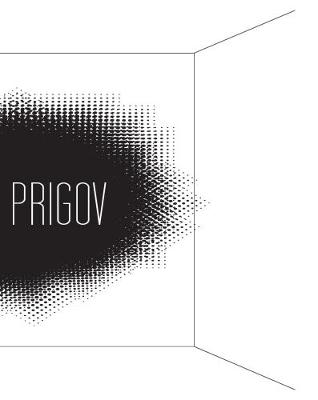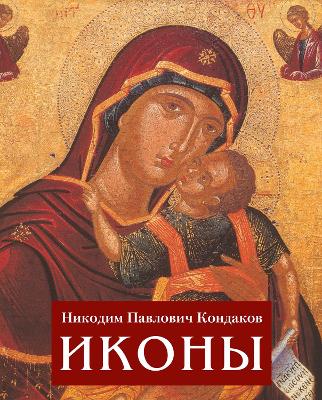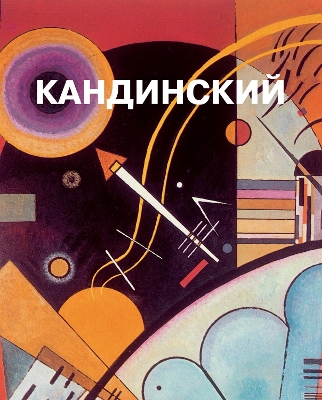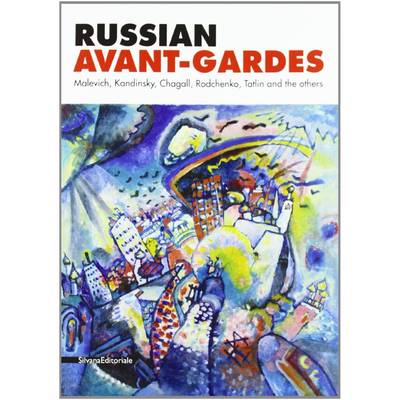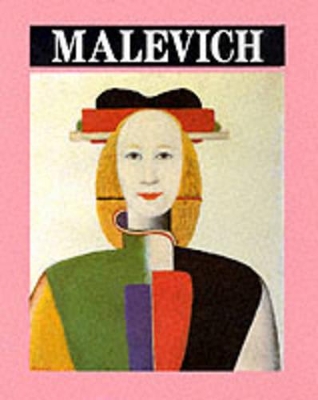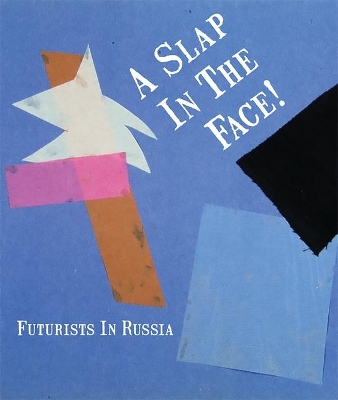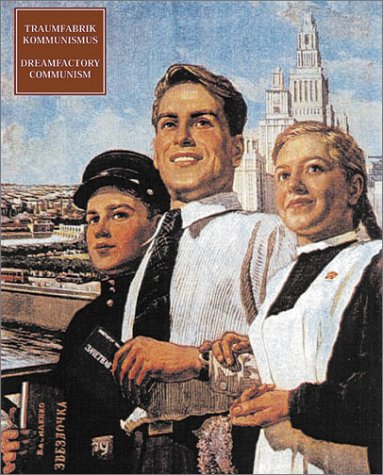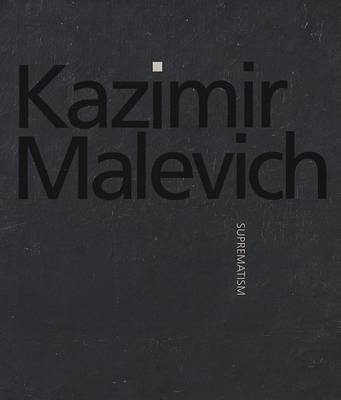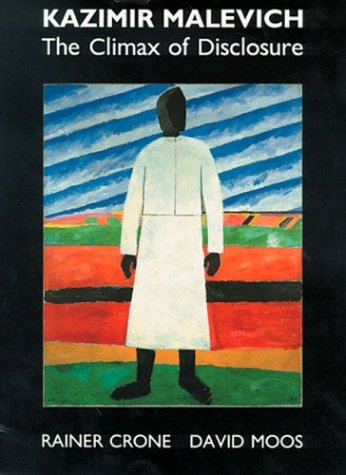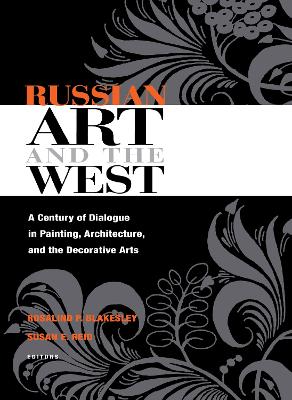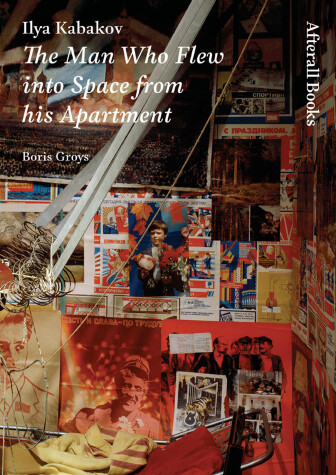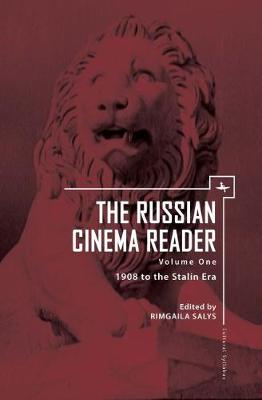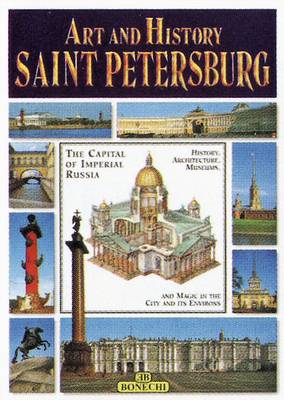The rise of critical realism in nineteenth-century Russia culminated in 1870 with the formation of the Wanderers, Russia’s first independent artistic society. Through depictions of the harsh lives of the peasantry, the fate of political activists, Russian history, landscapes, and portraits of the nation’s cultural elite, such as Tolstoy and Dostoevsky, the society became synonymous with dissident sentiments. Yet its members were far from being purveyors of anti-Tsarist propaganda and their canva...
Dialogues
Artists in the Soviet Union faced a difficult choice: either join the official academies and make art that conformed to the state’s aesthetic and ideological dictates, or attempt to develop alternative artistic practices and spheres for exhibiting their work. In the early 1970s, conceptual artists Ilya Kabakov and Viktor Pivovarov chose the latter option, turning their limited resources into an asset by pioneering an entirely new artistic genre: the album. Somewhere between drawings and novels,...
KinoSputniks closely analyse some key films from the history of Russian and Soviet cinema. Written by international experts in the field, they are intended for film enthusiasts and students, combining scholarship with an accessible style of writing. This KinoSputnik about Fedor Bondarchuk's megahit Stalingrad (2013) examines the production, context and reception of the film, whilst offering a detailed reading of its key themes. Fedor Bondarchuk’s 2013 blockbuster film Stalingrad shattered box-...
Picturing the Cosmos elucidates the complex relationship between visual propaganda and censorship in the Soviet Union in the Cold War period, focusing on the 1950s and 1960s. Drawing from a comprehensive corpus of rarely seen photographs and other visual phenomena narrating the Soviet Union’s 1957 victory in the ‘Race for Space’, the author illustrates the media’s role in cementing the way for Communism whilst retaining top-secret information. Each photo is examined as a deliberate, functioning...
The subject of Russian Futurism is familiar only to experts, and based on highly limited material. No other movement appears to have evoked quite the same public response, having, as it does, social roots. Referred to as "the art of the future" by the Russian press in 1908 - a year before the official appearance of the word - this book focuses on the works of some forty-two artistic 'revolutionaries' featuring vibrant examples of their work, which serve to inspire the imagination. The work of Da...
Dmitri Prigov. Theatre of Revolutionary Action
by Sam Goff, Ksenya Gurshtein, and Daniil Leiderman
Focusing on Kazimir Malevich (1878-1935), one of the great pioneers of 20th-century abstract art, this is one of a series of illustrated monographs which offer introductions to modern art and artists. Each book presents a profile of the artist and analysis of his distinctive style. Malevich was a major figure in the Russian avant-garde, and a founder of Suprematism, which became the basis for most later trends in abstract painting. His life and work are traced from his early years to his triumph...
Explodity - Sound, Image, and Word in Russian Futurist Book Art
by Nancy Perloff
Painters and poets-including Natalia Goncharova, Velimir Khlebnikov, Mikhail Larionov, Kazimir Malevich, and Vladimir Mayakovsky-collaborated to fabricate hand-lithographed books, for which they invented a new language called zaum (a neologism meaning "beyond the mind"), which was distinctive in its emphasis on "sound as such" and its rejection of definite logical meaning. At the heart of this volume are close analyses of two of the most significant and experimental futurist books: Mirskontsa (...
This is the first book to focus on the complex and fascinating relationship between Russian and Italian Futurism. A long overdue examination of the subject, it explores the energetic, creative and occasionally violent encounters of East and West in the arena of avant-garde art. After founding Futurism in Italy in 1909, F.T. Marinetti's ambition was to establish an international Futurist movement that would develop his own group's activities and interests. Futurist ideas were familiar to Russian...
The all-encompassing mass culture of today is not an invention of the late 20th century. Contrary to what might be assumed, given the capitalist under- and over-tones of contemporary mass media, our visual culture has its roots in the totalitarian regimes of the 20s and 30s. Back then, the main venue for visual communication was the reproduction and circulation of pictures via posters and films. Fascism and communism made radical use of these new opportunities for the consistent transformation o...
This exhibition catalogue features nearly 120 paintings, drawings and objects, among them several rediscovered masterworks. In addition, the book includes previously unpublished letters, essays and diaries, along with contributions by international scholars who shed new light on this popular figure and his devotion to the spiritual in art.
Kazimir Malevich's sudden realization of a non-objective way of painting, which he termed Suprematism, stands as a seminal moment in the history of 20th-century art. This is a study of his work in the context of his time and in relation to revolutions in physics, linguistics and poetry. It pays particular attention to his late figurative works. The authors trace Malevich's development from his beginnings in the Ukraine and early years in Moscow, where he was closely involved in the Futurist circ...
Russian Art and the West (NIU Series in Slavic, East European, and Eurasian Studies)
This book addresses the lively artistic dialogue that took place between Russia and the West—in particular with the United States, Britain, and France—from the 1860s to the Khrushchev Thaw. Offering stimulating new readings of cross-cultural exchange, it illuminates Russia's compelling, and sometimes combative, relation with western art in this period of profound cultural transformation. Russian Art and the West breaks new ground in the range of its material and its chronological span. Attending...
An illustrated study of one of Ilya Kabakov's most fantastic installations.The fictitious hero of this 1984 installation is a lonely dreamer who develops an impossible project: to fly alone in cosmic space. But this dream is also an individual appropriation of a collective Soviet project and the official Soviet propaganda connected to it. Having built a makeshift slingshot, the hero apparently flies through the ceiling of his shabby room and vanishes into space. The miserable room and the primit...
This reader is intended to accompany undergraduate courses in the history of Russian cinema or Russian culture through film. It consists of excerpts from English language criticism and translations of excerpts of Russian-language criticism, as well as commissioned essays on thirty subtitled films widely taught in American and British courses on Russian film and culture. The arrangement will be chronological, from Sten'ka Razin through How I Ended This Summer, with a general introduction to each...
Russian Realisms (NIU Series in Slavic, East European, and Eurasian Studies)
by Molly Brunson
One fall evening in 1880, Russian painter Ilya Repin welcomed an unexpected visitor to his home: Lev Tolstoy. The renowned realists talked for hours, and Tolstoy turned his critical eye to the sketches in Repin's studio. Tolstoy's criticisms would later prompt Repin to reflect on the question of creative expression and conclude that the path to artistic truth is relative, dependent on the mode and medium of representation. In this original study, Molly Brunson traces many such paths that converg...
